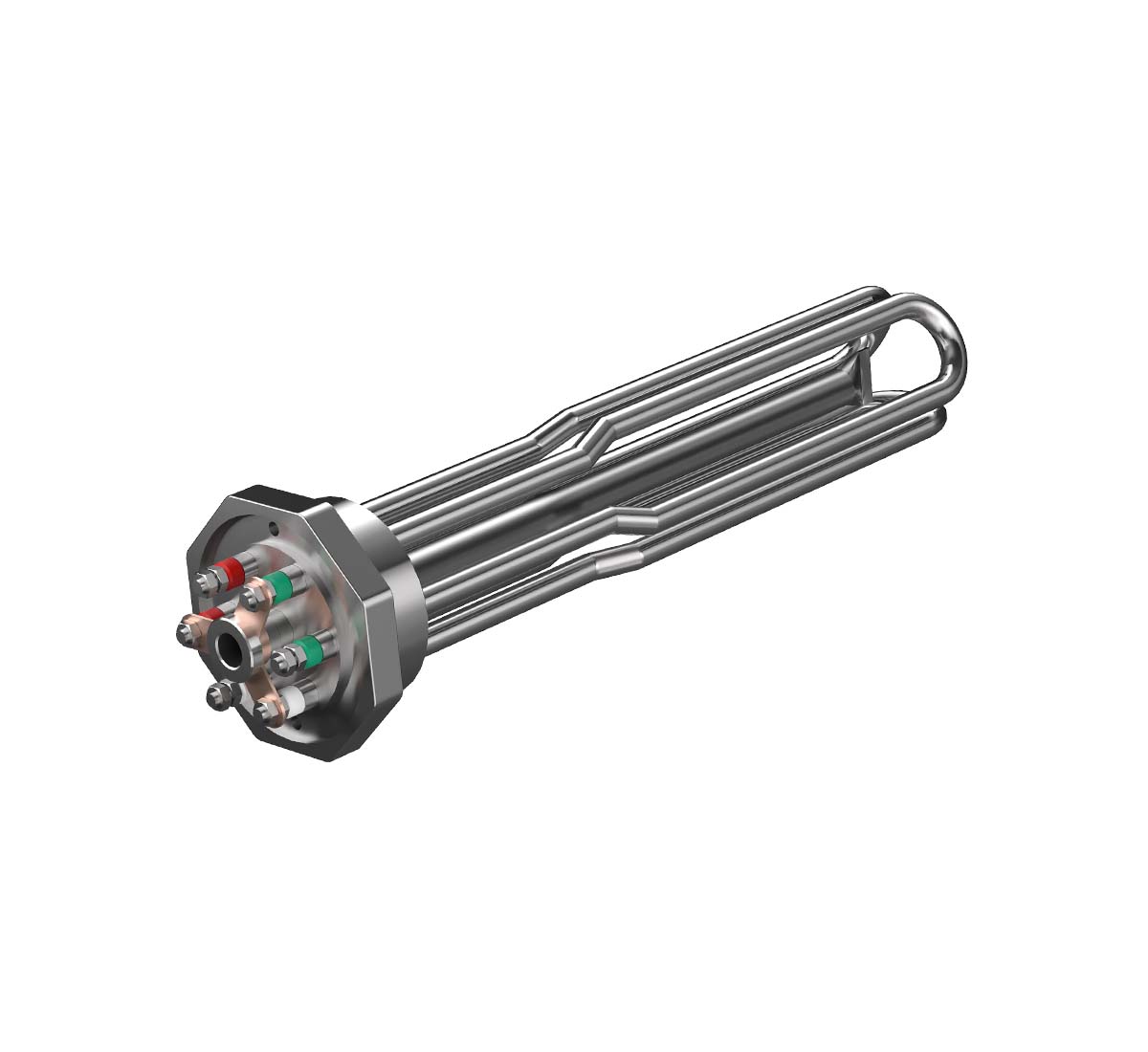Although immersion heaters are fast being replaced by combi or system boilers, they still have many applications and offer several benefits. They can be a backup option if you have old or faulty boilers. You cannot use gas boilers if you are not connected to the national grid, and in this situation, an immersion heater is your best bet. Continue reading to find out the Pros and Cons of an immersion heater.
What are Immersion Heaters?
Immersion heaters heat water through the process of Immersion. Simply put, you immerse them in the water cylinder to heat the water. They use electricity which passes through the immersion heater and heats the coil, which transfers heat energy to the surrounding water. They can draw electricity from your main supply and be powered through solar panels to save heating costs.
Immersion Heater Types
There are three basic types of immersion heaters:
- Over-the-side Heater: This type of immersion heater is installed from the side of the water cylinder with the heating element.
- Flanged Heater: A flanged heater is welded to the water storage tank or its nozzle.
- Screw Plug Heaters: They are screwed directly to the storage tank wall.
How Do Immersion Heaters Work?
Immersion heaters operate similarly to a kettle. The electric heater is placed in the water cylinder and sits there till the water becomes hot enough for you. It draws electricity, converts it into heat, and transfers the heat to water. The electric heater heats the water automatically whenever the temperature falls below the desired level. You can turn it off if you do not need to during peak hours and save electricity bills.
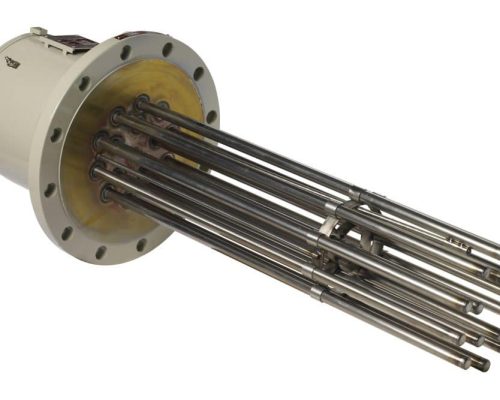
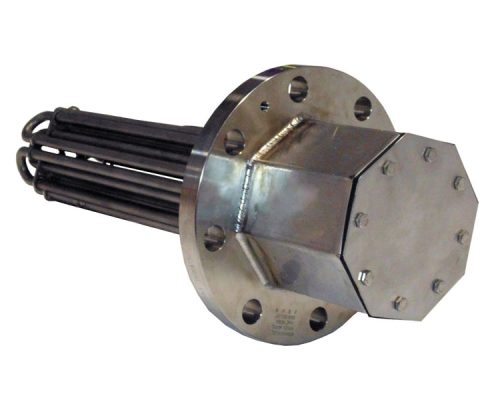
What Are the Benefits of an Immersion Heater?
Immersion heaters have multiple benefits, especially if you use solar power. They are highly efficient and cost-effective. They are also safer than gas boilers and eco-friendly.
-
Hot Water Backup
Immersion heaters can provide you with hot water backup if you have an ageing boiler or do not have a natural gas supply. They are also cheaper than LPG, and you can enjoy a steady hot water supply as they work on electricity.
-
No Gas Supply is Needed
Suppose you are located in an area not connected to the national grid or where the supply of natural gas is not regular. In that case, an immersion heater can solve your hot water problems as they run on electricity.
-
Control Your Heating Cost
You can use the immersion heater anytime you want and turn it off whenever your hot water need has been fulfilled. Some have an automatic thermostat which can turn off the heater after the water reaches a set temperature. This system offers you higher control over your heating cost, and there is no energy wastage.
-
Lower Installation Cost
When comparing heating solutions based on initial cost, you will find immersion heaters the cheapest. Immersion heater prices vary depending on the size and type you want, but even the best of them will cost less than other heating systems. The installation cost is also lower compared to others. Gas boilers require proper ventilation and an entire piping network. They may also require structural changes to your home. However, no such activity is necessary when it comes to immersion heaters.
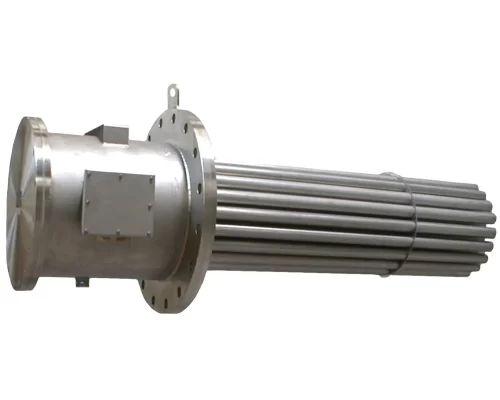
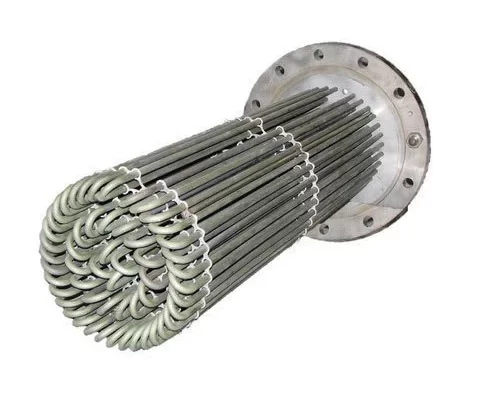
What Are the Disadvantages of an Immersion Heater?
From 1970 to the mid-80s, immersion heaters were very common throughout the United Kingdom. However, the introduction of modern boilers made immersion heaters look primitive. The advantages of modern boilers were also too many to be ignored.
-
Slow process
Immersion heaters can be painfully slow. They take time to heat the water, depending on its volume. You cannot limit the amount of water, i.e. even if you need just a little volume. You have to heat the entire volume contained in the water cylinder. The moment you switch off the heater, the water loses heat rapidly and will become cold in a short time.
-
Expensive Without Solar Panels and Thermostat
If you run your immersion heater on the main electricity supply and your usage is high, you can expect high electricity bills. Only with solar panels can you expect to lower your cost. You also need to install a thermostat to keep your running cost low. A thermostatic control will check the heater’s operations and only switch it on when needed.
-
Immersion Heater Prices and Replacement Costs
There are several types of immersion heaters available in the market. The cheapest are those made with copper, and the most expensive ones are titanium or Incoloy immersion heaters. Copper immersion heaters do not fare well with hard water. They are also unsuitable for working with stainless steel storage tanks or unvented cylinders. If your area gets hard water, it is best to get a titanium or Incoloy immersion heater. You will also need a water tank, and you will also incur an installation cost. Replacing an existing immersion heater should be appropriately evaluated. If your home has a gas supply, we recommend switching to a gas boiler. If, however, for some reason, you want to continue with an immersion heater, make sure that you get several quotes and do your homework before buying one.
What Size of Immersion Heater Do You Need?
As we said, the cost of your immersion heater depends significantly on its size, and you must get an immersion heater that meets your requirements. To get the right size, you need to know how much water volume you need and how hot you want your water to be. Using the volume of the water tank you need, calculate the power required to heat the entire water tank in an hour as mentioned below:
(Volume x Temperature Rise x 4) / 3412 = Required power (kW)
If you want a water tank with a storage capacity of 160 litres and heat water from 20 to 60°C, you will need an immersion heater with a heating capacity of 6.4kW per hour. If you get a 3kW heater, you will achieve the same temperature rise in two hours.
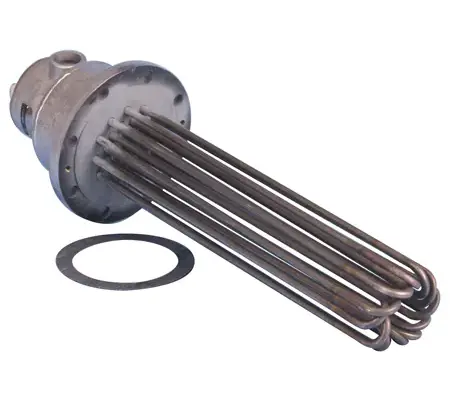
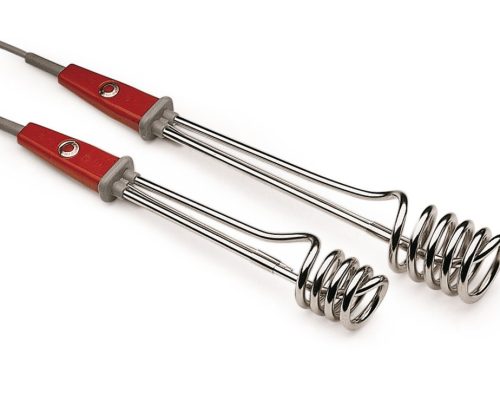
Common Problems of Immersion Heaters
Now that you have learned about immersion heaters let us also discuss the common immersion heater problems.
-
Damaged Immersion Heating Component
When your immersion heater has completed its life, you will face issues such as cropping. Over time, rust eats up the immersion element and can no longer provide efficient heating. Your heater will take much longer to heat water, or the heating may be abrupt. Your immersion heater will also switch on and off by itself. This problem can be resolved by replacing the heating component, which can be difficult if you try it yourself. The heater will also have to be cleaned thoroughly. If you do not have plumbing experience, this is not a DIY task, and you should hire a professional to resolve this problem.
-
Buildup of Limescale
If your water supply comprises hard water, your Immersion will have to cope with an excessive limescale buildup. This reduces the life of your immersion heater considerably. You can install a water filter to prevent this damage. If you are replacing your heater, get a titanium-based immersion heater.
-
Insulation Problems
If the insulation of your immersion heater breakdowns, you will face several problems. The current flow will be disrupted, overloading your system and harming your fuses, wires, and circuit breaker. Call a professional technician to analyze your system and provide proper insulation.
Are Immersion Heaters Worth It?
Immersion heaters are not suitable for everyone. They also have some disadvantages. However, they are a good option in the absence of a natural gas connection. They are also suitable when the hot water volume required is low. Powering them with solar energy is much better than using electricity. You can also install them as a backup if you do not get a regular gas supply or if your gas boiler is old.

